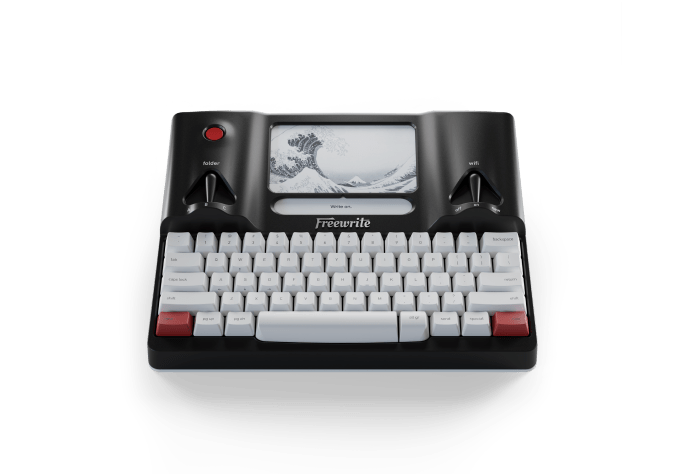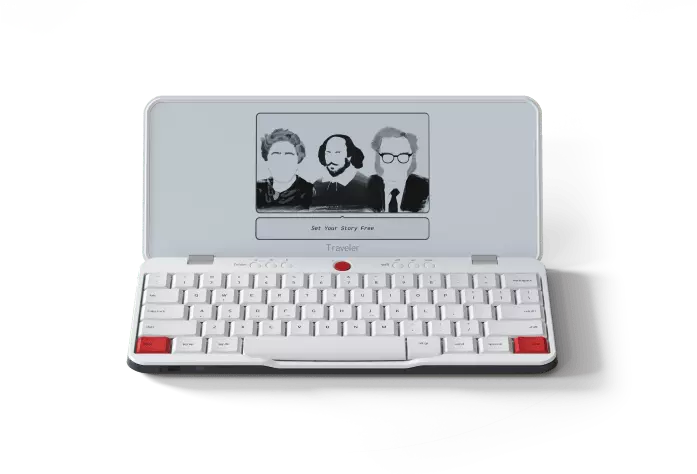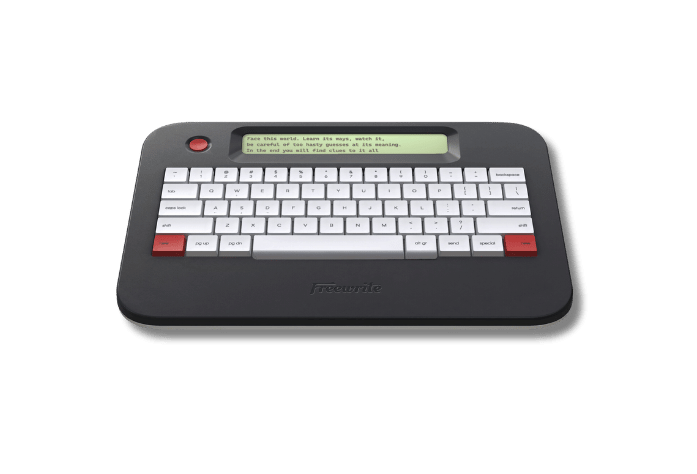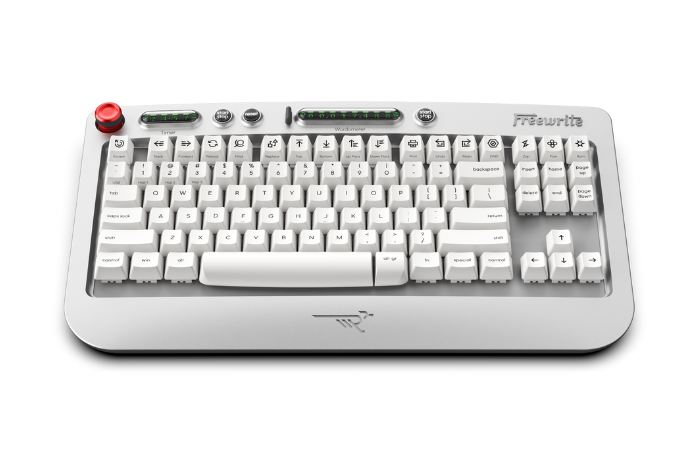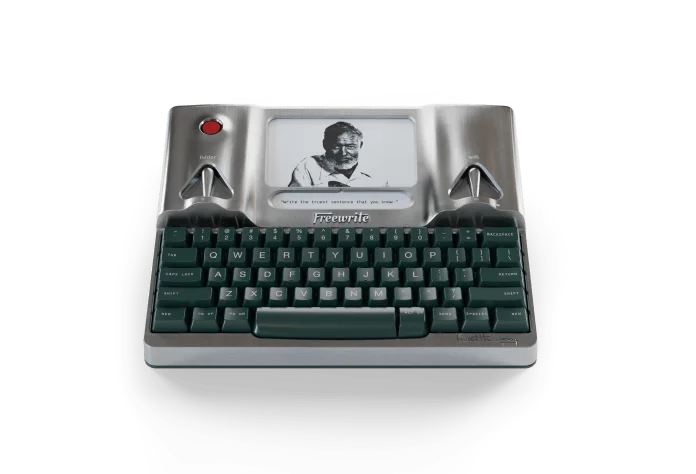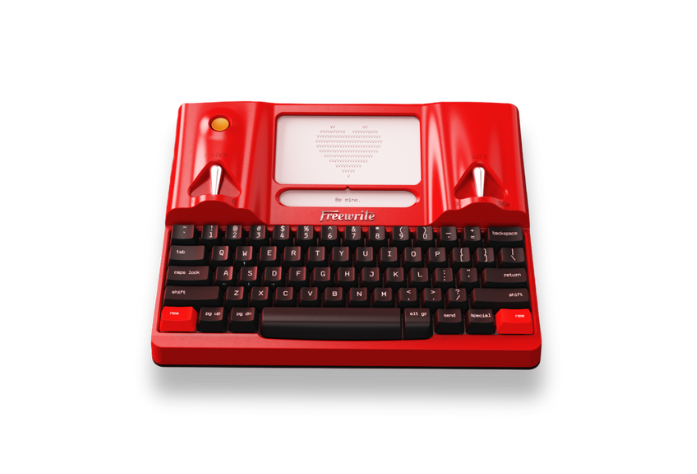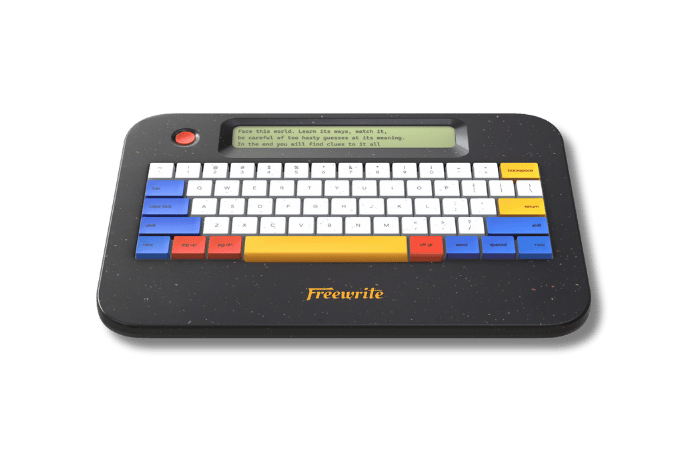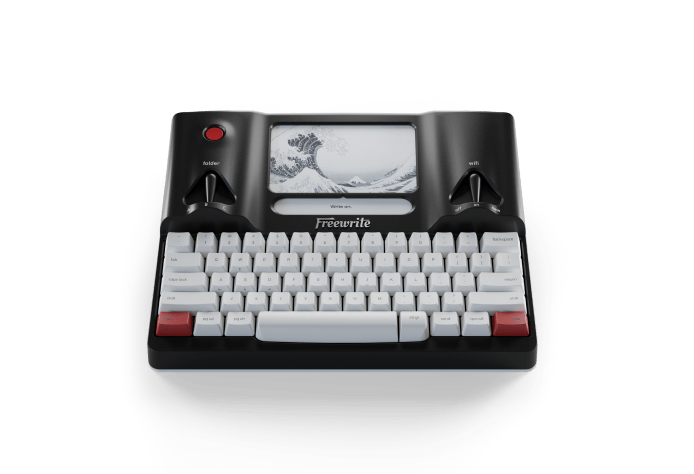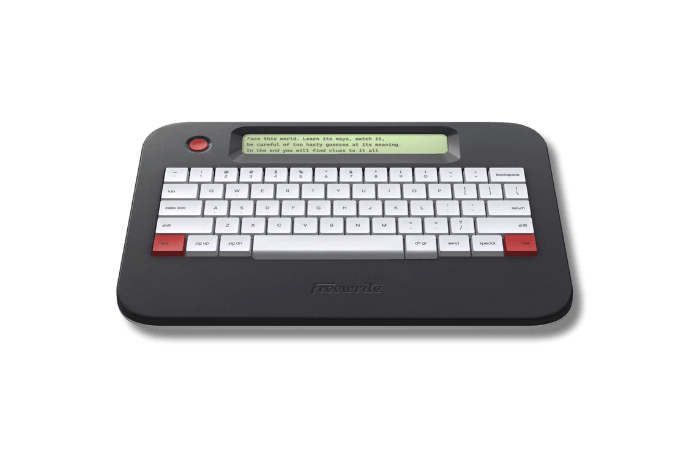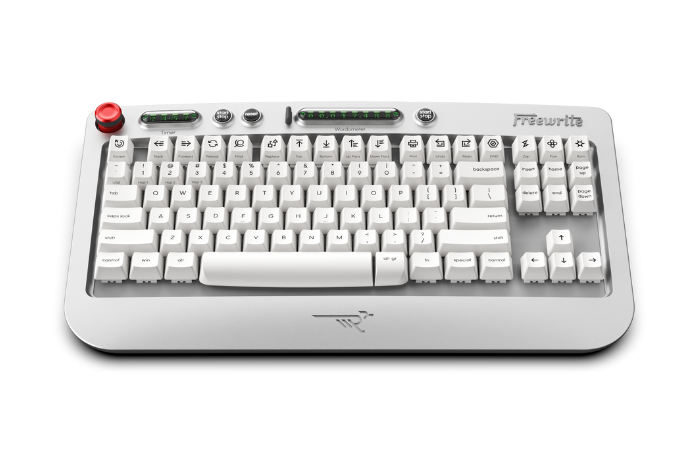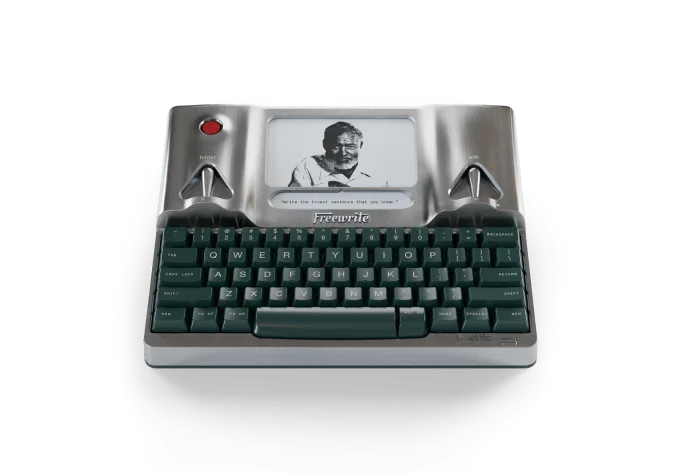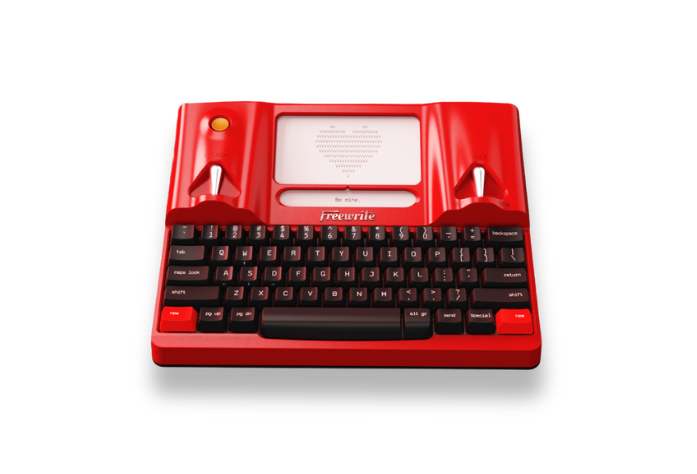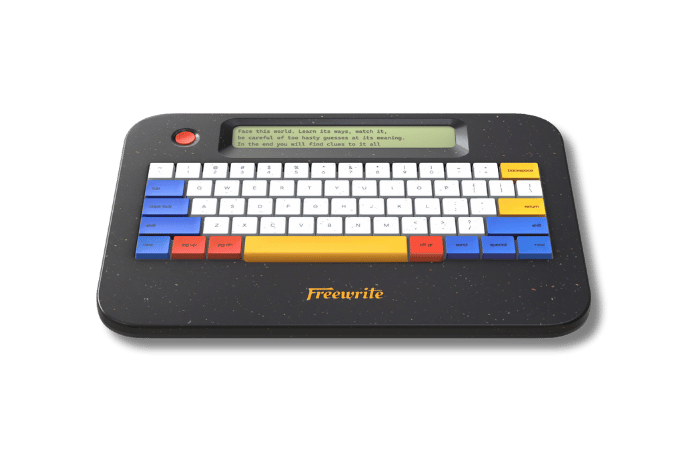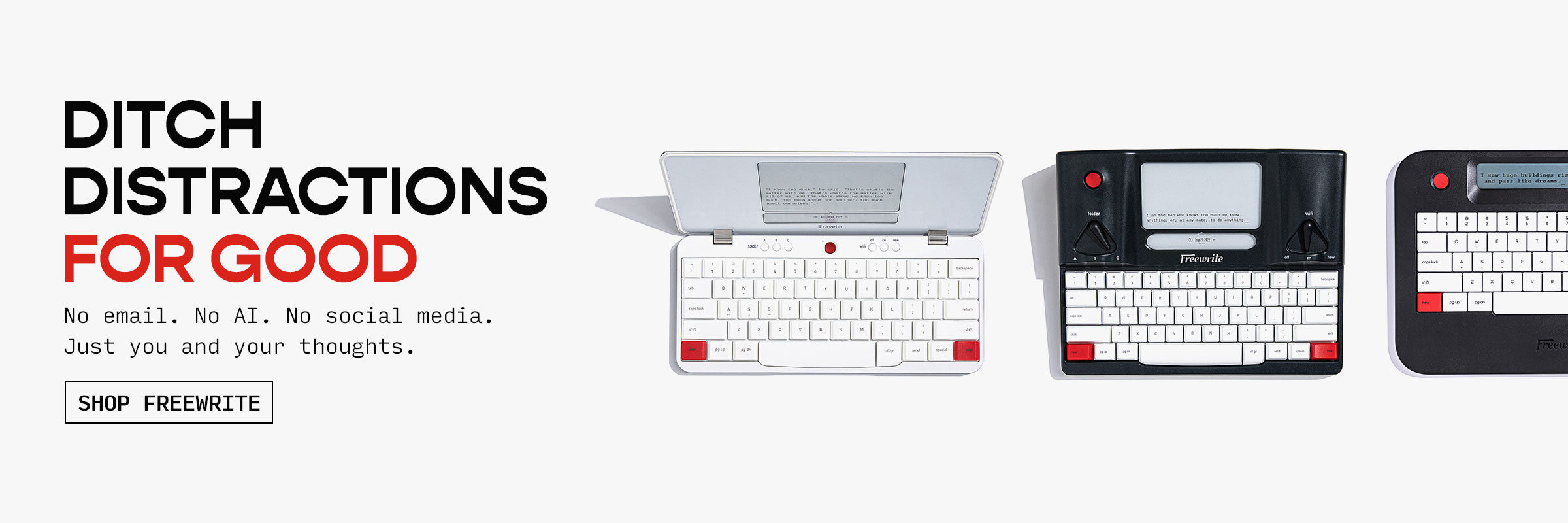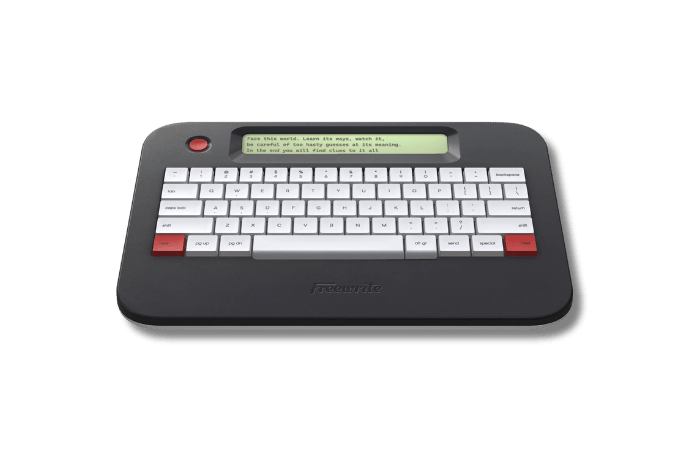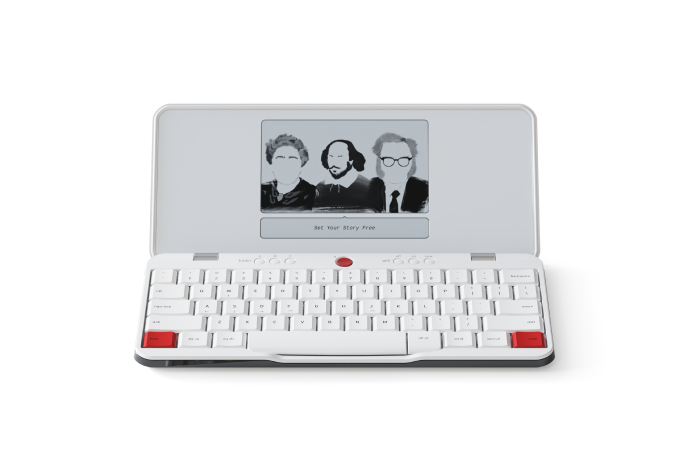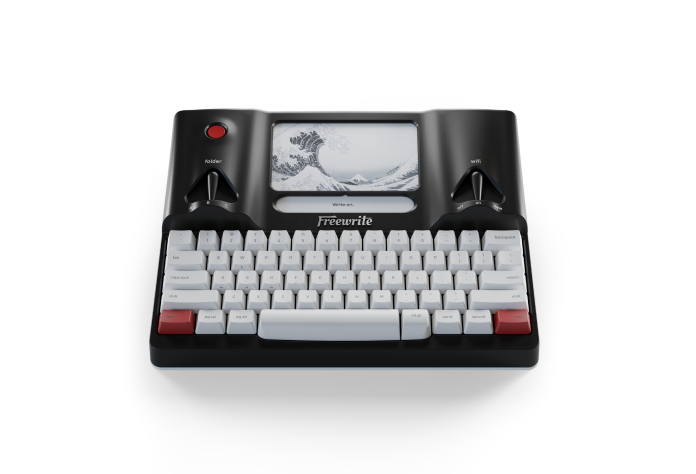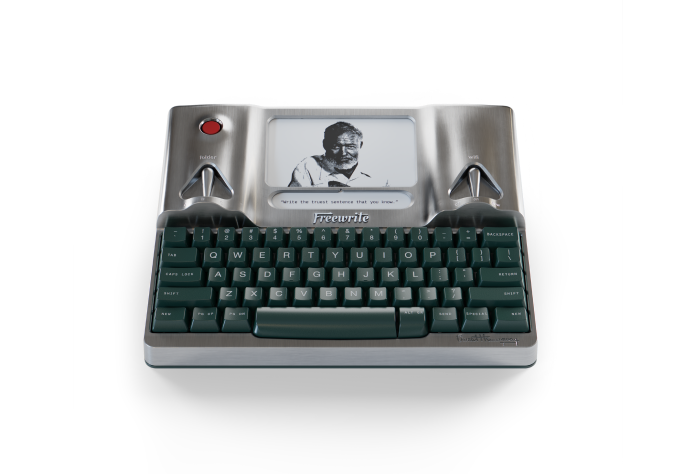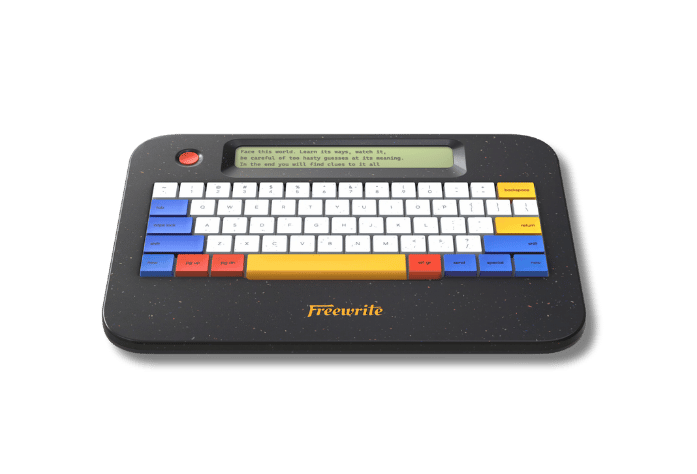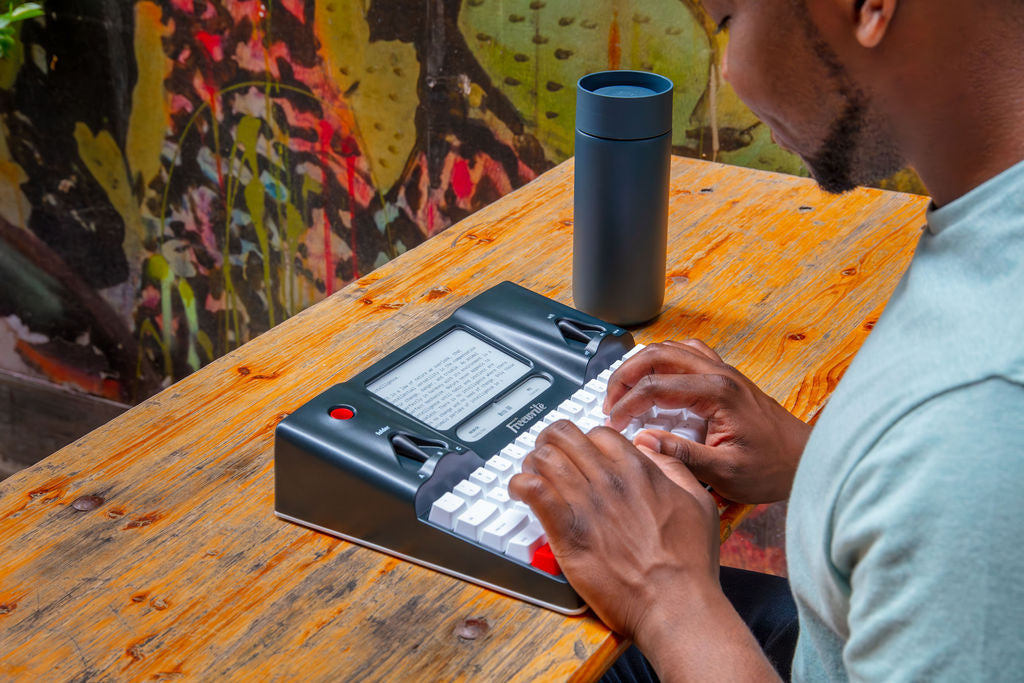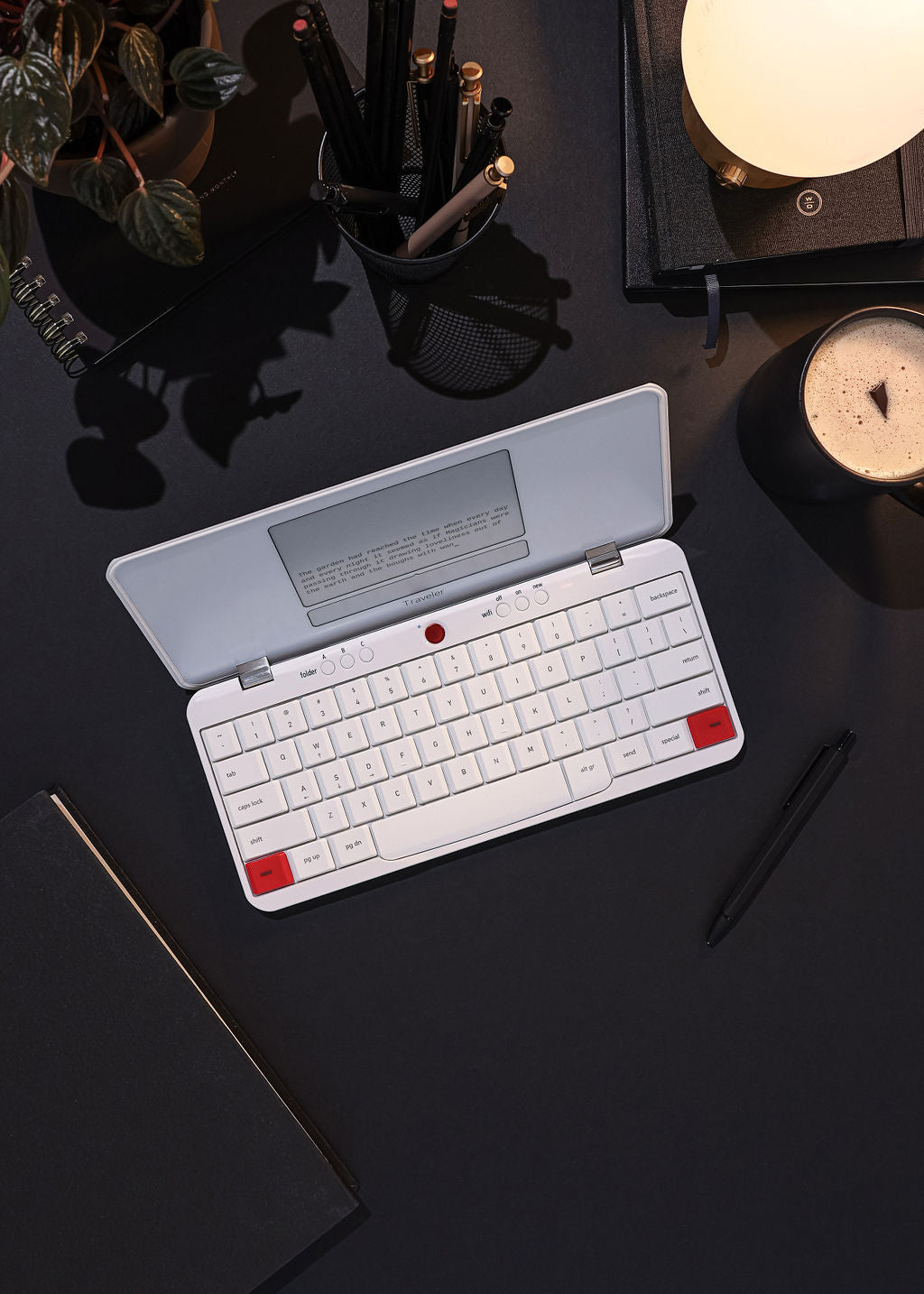Ever catch yourself opening Instagram or TikTok without even thinking about it? You’re definitely not the only one. Social media is a big part of daily life now, but for some people, it starts to feel like more than just a habit.
So the question becomes: Is social media addiction actually real, or are we just using it a lot?
In this article, we’ll dig into what social media addiction really means, why it happens, and how to tell if it’s becoming a problem. Let’s get into it.
What Is Social Media Addiction and Is It Real?
Social media addiction is a behavioral condition where individuals feel an uncontrollable urge to use platforms like Instagram, TikTok, or Facebook, often at the expense of other life priorities.
Research suggests it’s a legitimate issue, affecting an estimated 5-10% of Americans, with symptoms mirroring substance use disorders.
Defining Social Media Addiction
-
Obsessive Use: Spending excessive time scrolling or checking notifications, even when it disrupts work, school, or relationships.
-
Dopamine-Driven: Platforms deliver instant rewards (likes, comments) that trigger the brain’s reward system, similar to gambling or drugs.
-
Negative Consequences: Continued use despite issues like anxiety, low self-esteem, or interpersonal conflicts.
Scientific Debate
The scientific community is still refining its understanding of social media addiction. In 2013, the Diagnostic and Statistical Manual of Mental Disorders (DSM-5) introduced ‘Internet Gaming Disorder’ as a condition for further study, hinting at broader internet-related issues.
Some experts, like Dr. Michael Rich, prefer terms like “Problematic Internet Media Use” to avoid overpathologizing, given the internet’s essential role in modern life.
However, the consensus is clear: excessive use can disrupt healthy living, especially for young people.
How Social Media Hijacks Your Brain
Social media platforms are designed to keep users engaged, leveraging neurological mechanisms to create compulsive behaviors. The brain’s reward system plays a central role, making it hard to step away from the endless stream of content.
The Dopamine Connection
-
Reward Pathways: Notifications, likes, and shares trigger dopamine release, creating a “feel-good” rush akin to a slot machine’s intermittent reinforcement.
-
Self-Disclosure: People talk about themselves 80% of the time on social media (vs. 30-40% offline), amplifying dopamine-driven rewards.
-
Addictive Design: Platforms use algorithms to tailor content, ensuring users stay hooked with minimal effort.
Why Teens Are Vulnerable
Adolescents are particularly susceptible because their prefrontal cortex, responsible for impulse control, is still developing. This makes it harder for them to resist the allure of social connections and instant gratification. Harvard University studies confirm that self-disclosure on social media activates the same brain regions as addictive substances, reinforcing compulsive use.
Signs You Might Have a Social Media Addiction
Social media addiction can subtly infiltrate daily life, transforming casual scrolling into a compulsive habit with serious consequences. Recognizing the signs is the first step toward addressing a problematic relationship with platforms like Instagram, TikTok, or Facebook. By assessing specific behaviors and their impacts, you can determine whether social media use has crossed into addiction territory. Below, we delve into key indicators, symptoms, real-life examples, and practical solutions to help you or a loved one regain control.
Key Indicators of Social Media Addiction
To identify potential addiction, the Addiction Center provides a six-question framework that evaluates behavioral patterns. These questions, rooted in psychological research, mirror criteria used to diagnose other behavioral addictions, such as gambling. Answering “yes” to three or more suggests a problematic level of dependency.
Self-Assessment Questions
Consider these questions honestly:
-
Do you spend a lot of time thinking about or planning to use social media? For example, do you constantly check your phone for notifications or plan posts to maximize likes?
-
Do you feel a strong urge to use social media more frequently? Are you compelled to scroll through feeds even during inappropriate times, like meetings or family dinners?
-
Do you use social media to escape personal problems or stress? Do you turn to platforms to avoid dealing with work stress, relationship issues, or feelings of loneliness?
-
Have you tried to cut back on social media but failed? Have you set limits (e.g., “I’ll only use it for 30 minutes”) but consistently exceeded them?
-
Do you feel restless or anxious when unable to access social media? For instance, do you feel unsettled when your phone is out of reach or when Wi-Fi is unavailable?
-
Has social media use negatively affected your job, studies, or relationships? Are you missing deadlines, neglecting loved ones, or arguing over your screen time?
What Three or More “Yes” Answers Mean
If you answer “yes” to three or more questions, you may be exhibiting signs of social media addiction. This threshold, supported by psychological studies, indicates that your use is compulsive and potentially harmful. The Addiction Center notes that these behaviors align with diagnostic criteria for behavioral addictions, such as preoccupation, loss of control, and negative life impacts.
Symptoms of Social Media Addiction
Social media addiction manifests through distinct symptoms that parallel substance use disorders, as outlined in the Addiction Center article. These symptoms reflect how deeply the behavior is embedded in daily life and its toll on mental, emotional, and physical well-being.
Core Symptoms
-
Tolerance: Needing to spend increasing amounts of time on social media to achieve the same level of satisfaction. For example, a quick 10-minute scroll may turn into hours as the initial “high” from likes or comments fades.
-
Withdrawal: Experiencing physical or emotional discomfort when unable to use social media, such as irritability, anxiety, or restlessness. A teen might snap at family members when asked to put their phone away, or an adult might feel uneasy during a phone-free event.
-
Salience: Social media dominates thoughts and activities, even when offline. You might obsess over crafting the perfect post or replay notifications in your mind.
-
Conflict: Strained relationships or neglected responsibilities due to excessive use. Examples include arguments with a partner over screen time, declining academic performance, or missing work deadlines.
-
Relapse: Returning to excessive use after attempts to cut back. Someone might deactivate their account during a detox but reactivate it within days, unable to resist the pull.
-
Mood Modification: Using social media to alter emotional states, such as scrolling to feel better after a bad day, only to find temporary relief followed by guilt or dissatisfaction.
Real-Life Examples
-
A Student’s Struggle: A college student spends hours on TikTok, neglecting assignments and failing courses. They feel anxious without their phone and prioritize posting over studying, indicating tolerance and conflict.
-
A Parent’s Disconnect: A parent habitually checks Instagram during family time, leading to arguments with their spouse and feelings of guilt. Despite promising to cut back, they relapse, showing loss of control.
-
A Teen’s Anxiety: A teenager feels restless when unable to check Snapchat, fearing they’ll miss out on group chats (FOMO). Their compulsive use disrupts sleep, contributing to withdrawal symptoms.
Why These Signs Matter
The signs and symptoms of social media addiction are critical because they highlight how compulsive use disrupts daily life. The New York Times article emphasizes that young people are especially vulnerable due to their underdeveloped impulse control, making early recognition essential. For instance, the 2023 lawsuit against Meta alleges that the company knowingly designed addictive features, such as notifications and infinite scroll, to hook youth, exacerbating these symptoms. Left unchecked, addiction can lead to mental health issues (e.g., anxiety, depression), strained relationships, and reduced productivity, as both articles note.
Solutions to Address Social Media Addiction
Recognizing addiction is only half the battle; taking action is crucial. The Addiction Center suggests practical steps to reduce dependency, while the New York Times underscores the importance of setting boundaries. Below are evidence-based strategies to regain control, tailored to varying levels of severity.
Immediate Steps for Self-Management
-
Digital Detox: Commit to periods without social media, such as turning off notifications for an hour daily or designating screen-free zones (e.g., during meals or before bed). This reduces withdrawal symptoms and rebuilds focus.
-
Set Time Limits: Use apps like Screen Time (iOS) or Digital Wellbeing (Android) to cap daily social media use. Start with small reductions, like cutting 2 hours to 1.5 hours, to avoid overwhelm.
-
Create Phone-Free Routines: Leave your phone in another room at night to improve sleep quality, as disrupted sleep is a common consequence of excessive use. Alternatively, charge devices outside the bedroom.
-
Replace Habits: Swap social media time with offline activities, such as reading, exercising, or spending time with friends. This addresses the mood modification aspect by finding healthier coping mechanisms.
Long-Term Strategies
-
Reflect on Triggers: Identify why you turn to social media (e.g., boredom, stress) and address root causes. Journaling can help uncover patterns, such as using Instagram to escape work anxiety.
-
Build Offline Connections: Strengthen real-world relationships to reduce reliance on virtual validation. Schedule regular meetups or phone calls to combat the salience of social media.
-
Seek Accountability: Share your goals with a friend or family member who can check in on your progress. This external support helps prevent relapse.
Professional Help
-
Cognitive Behavioral Therapy (CBT): As recommended by the Addiction Center, CBT helps reframe thought patterns and develop healthier coping strategies. A therapist can address underlying issues like low self-esteem or FOMO driving compulsive use.
-
Online Therapy: Platforms like BetterHelp offer convenient access to licensed therapists, ideal for those hesitant to seek in-person help. This is particularly effective for teens or busy adults.
-
Inpatient Rehab: For severe cases, especially when social media addiction co-occurs with substance use, structured programs provide intensive support, as noted in the Addiction Center article.
How to Limit Screen Time and Reclaim Your Focus
Recognizing the signs of social media addiction - such as compulsive checking, anxiety when offline, or neglected responsibilities - is a critical first step, but taking action to curb excessive screen time is equally important. Social media platforms, designed to hijack attention with dopamine-driven notifications, can make it challenging to stay focused or engage in meaningful tasks like writing, studying, or connecting offline. The New York Times highlights how these platforms exploit neurological impulses, particularly in teens, while the Addiction Center suggests practical solutions like digital detoxes to break the cycle. For writers and creatives, one innovative way to limit screen time and boost productivity is by using distraction-free tools like those offered by Freewrite.
Freewrite, developed by Astrohaus, is a suite of dedicated drafting devices designed to help writers achieve a state of flow by eliminating the distractions inherent in laptops and smartphones. Unlike traditional computers, which tempt users with social media, email, and notifications, Freewrite devices are single-purpose tools built for writing. As noted on their website, Freewrite combines the simplicity of a typewriter with modern digital conveniences, allowing writers to “draft now, edit later” and achieve 2-3x higher word output per hour. This focus on distraction-free creation makes Freewrite an ideal tool for those combating social media addiction while pursuing creative goals.
Freewrite’s philosophy addresses the challenges outlined in both the Addiction Center and New York Times articles: the pervasive “weapons of mass distraction” that hijack attention. By removing internet browsers, apps, and notifications, Freewrite creates a “walled garden for focus,” enabling writers to immerse themselves in their craft. The devices feature E Ink or LCD screens that are easy on the eyes, long-lasting batteries, and cloud syncing to services like Dropbox, Google Drive, or Evernote via Postbox, Freewrite’s free online interface. User testimonials highlight the transformative impact, with one writer stating, “Getting a Freewrite was the best purchase because I finally wrote a novel. Within the first 90 days of having it.”

Freewrite Smart Typewriter (3rd Gen)
The Freewrite Smart Typewriter is a focused, distraction-free device designed to improve the writing experience. It features an E Ink™ display with a frontlight, making it easy to read in any lighting conditions, whether it's bright sunlight or a dim room. The full-size mechanical keyboard offers a smooth, tactile typing experience, and the durable aluminum body ensures that the device can handle daily use. With a long-lasting battery, the Smart Typewriter supports extended writing sessions. It also automatically syncs drafts to the cloud, allowing easy access from other devices.
Key Advantages:
-
Helps users stay focused on writing without distractions from apps or notifications
-
Built with a durable design that can withstand everyday use
-
The E Ink™ screen is easy on the eyes and works well in all lighting
-
Automatically saves and backs up drafts to the cloud, so nothing is lost
-
The mechanical keyboard makes typing a more enjoyable experience, encouraging users to write more

Freewrite Traveler
The Freewrite Traveler is a portable, distraction-free writing device designed for those who want to write on the go. It features a lightweight design, weighing only 1.6 pounds, making it easy to carry everywhere. The E Ink™ display offers an eye-friendly reading experience, with no glare or harsh backlight, perfect for long writing sessions. The full-size scissor-switch keyboard is smooth and responsive, providing a comfortable typing experience. With automatic cloud syncing, your drafts are safely backed up and accessible from any device. The Traveler is built to handle all your writing needs, whether at home or on an adventure. This device works great for both kids and adults.
Key Advantages:
-
Lightweight and portable, perfect for writing anywhere without the bulk of a laptop
-
The E Ink™ display is gentle on the eyes and works well even in bright sunlight
-
The scissor-switch keyboard offers a smooth, comfortable typing experience for long sessions
-
Automatically saves your work to the cloud, so you never have to worry about losing your drafts
-
Long battery life ensures that you can keep writing without interruptions, even on extended trips

Alpha Raven Black with Backlight
The Alpha Raven Black with Backlight is a portable writing device that’s perfect for anyone who needs to write on the go. Weighing just under 2 pounds, it's lightweight and easy to carry anywhere. The backlight is warm and adjustable, making it perfect for writing day or night. With its full-size mechanical keyboard featuring low-profile switches, typing is comfortable and smooth. The device saves your work continuously, so you never have to worry about losing your progress. Plus, all your drafts are backed up automatically to the cloud, making it easy to access your work from any device. Both kids and adults will find this device useful.
Key Advantages:
-
Lightweight and portable, ideal for writing during commutes or while traveling
-
The adjustable backlight ensures that you can write in any lighting condition, day or night
-
The keyboard provides a smooth and comfortable typing experience, reducing finger fatigue
-
Continuous saving and automatic cloud syncing keep your drafts secure and easily accessible
-
The long battery life (up to 100 hours) means you can write for days without needing to recharge

Hemingwrite Signature Edition
TheHemingwrite Signature Edition, developed in collaboration with the Ernest Hemingway estate, is designed for writers seeking simplicity and focus. This premium device features a raw aluminum body that develops a unique patina over time, making each one a personalized piece. It comes with a green keycap keyboard, offering a tactile, satisfying typing experience. The Hemingwrite is built to keep you in your writing flow, free from distractions, with automatic cloud syncing to save your drafts.While ideal for adults, it can also be a great tool for kids who are developing their writing skills.
Key Advantages:
-
The unique raw aluminum design develops a personal patina, making each device one-of-a-kind
-
The green keycap keyboard provides a comfortable, tactile typing experience that enhances long writing sessions
-
Automatic cloud syncing ensures your drafts are safely backed up and accessible from any device
-
The minimalist design and focus on writing flow help users stay distraction-free
-
Comes with a premium leather attaché case for stylish protection and easy transport
Conclusion
Social media addiction is a real and growing concern, driven by platforms’ dopamine-inducing designs and their impact on vulnerable brains, especially among youth. Backed by scientific research and highlighted by legal actions like the 2023 Meta lawsuit, the evidence shows that excessive use can lead to serious mental health issues, from anxiety to depression. By recognizing the signs - such as compulsive checking or neglecting real-life responsibilities - individuals can take steps toward recovery. Whether through a digital detox, therapy, or mindful habits, it’s possible to reclaim control and foster a healthier relationship with social media. Awareness and action are key to navigating this modern challenge.
FAQs
What is social media addiction?
Social media addiction is a behavioral condition where individuals compulsively use platforms like Instagram or TikTok, driven by dopamine rewards, leading to negative consequences like strained relationships or poor mental health.
How do I know if I’m addicted to social media?
If you answer “yes” to three or more questions like “Do you feel restless without social media?” or “Does it harm your work or studies?” you may have an addiction. Symptoms include irritability when offline and neglecting responsibilities.
Why is social media so addictive?
Social media triggers dopamine release through likes and notifications, similar to a slot machine. Its tailored content and social rewards keep users engaged, especially teens with underdeveloped impulse control.
How does social media affect mental health?
Excessive use is linked to anxiety, depression, low self-esteem, and FOMO. Youth are particularly at risk, facing issues like cyberbullying, body image concerns, and social isolation.
Can social media addiction be treated?
Yes, treatments like Cognitive Behavioral Therapy (CBT) and online therapy are effective. Practical steps include reducing screen time, setting boundaries, and engaging in offline activities to break the cycle of dependency.

